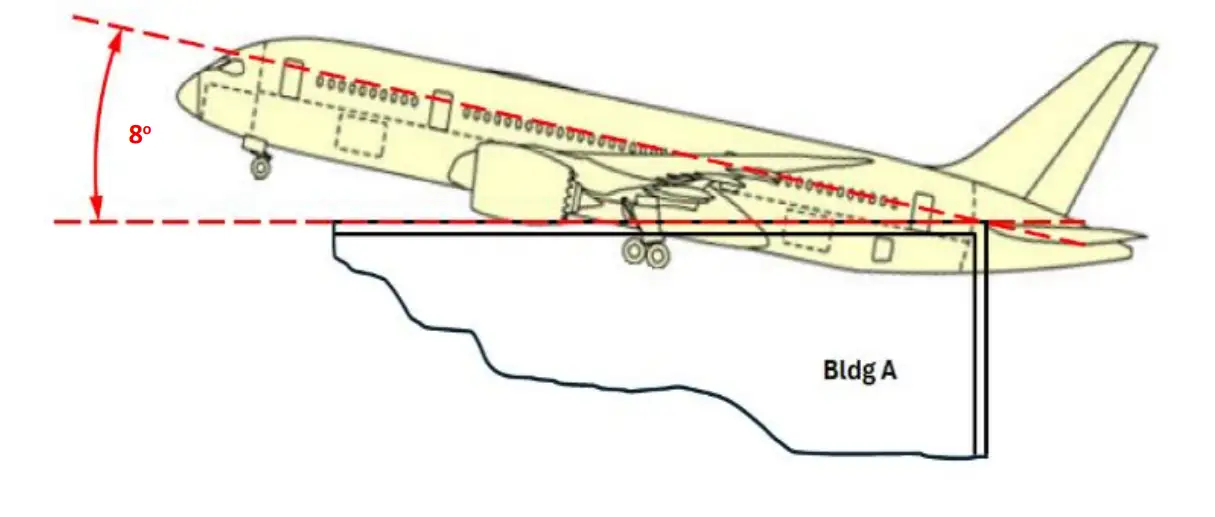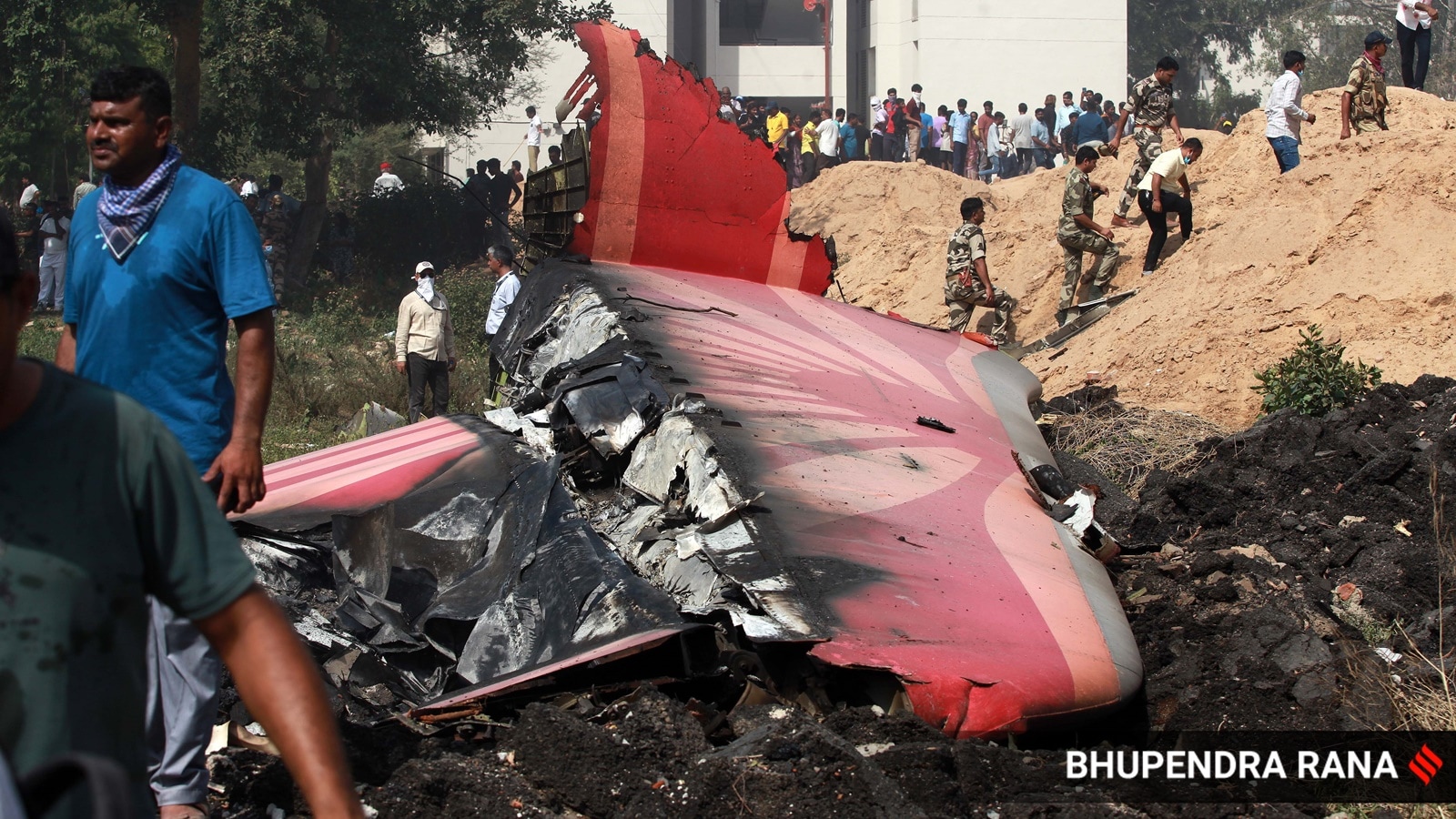The Aircraft Accident Investigation Bureau (AAIB) has released its preliminary report on the tragic crash of Air India's Boeing 787-8, operating flight AI 171 from Ahmedabad to London Gatwick on June 12. Out of the 260 people onboard, 241 lost their lives when the aircraft crashed into a medical college hostel just seconds after take-off.
Read more:
Air India plane crash report out; Both engines 'cut off' mid-air '01 second apart', pilots in cockpit left confused about cause Read more: 'I didn't do it': Air India crash report shows pilot confusion over engine switch movement
Just three seconds after takeoff, both engines’ fuel control switches transitioned from RUN to CUTOFF within one second of each other, leading to sudden loss of thrust.
"The aircraft achieved the maximum recorded airspeed of 180 Knots IAS at about 08:08:42 UTC and immediately thereafter, the Engine 1 and Engine 2 fuel cutoff switches transitioned from RUN to CUTOFF position one after another with a time gap of 01 sec. The Engine N1 and N2 began to decrease from their take-off values as the fuel supply to the engines was cut off," the report said.
As the two engines’ fuel control switches transitioned from RUN to CUTOFF within one second of each other, cockpit voice recording revealed confusion between the pilots. One of the pilots is heard asking the other why did he cutoff. The other pilot responded that he did not do so.
Flipping to cutoff almost immediately cuts the engines. It is most often used to turn engines off once a plane has arrived at its airport gate and in certain emergency situations, such as an engine fire. The report does not indicate there was any emergency requiring an engine cutoff.
At the crash site in Ahmedabad, both fuel switches were found in the run position and the report said there had been indications of both engines relighting before the low-altitude crash.
The flight data shows relight was automatically attempted and succeeded for Engine 1, but Engine 2 failed to recover despite multiple fuel reintroductions.
The Ram Air Turbine (RAT), an emergency power source, deployed right after liftoff, indicating a total loss of power to essential systems.
At 08:09:05 UTC, a distress call was made, just seconds before the aircraft impacted buildings outside the airport perimeter.
Analysis shows the plane hit buildings with an 8° nose-up attitude and level wings, but with both engines inactive, unable to sustain climb.
Flap and landing gear levers were in standard takeoff positions; thrust levers were found in idle post-crash, though they were at takeoff thrust during flight — confirming an in-flight cutoff.
The aircraft hit several buildings and structures, with components like engines, wings, and landing gears scattered across a wide crash zone near BJ Medical College hostel.
The aircraft had valid airworthiness certificates and a few Category C and D MELs (non-critical maintenance issues), none linked to fuel control.
While Boeing had issued an advisory (not mandatory) on fuel control switch lock concerns, Air India had not conducted the optional inspections. The aircraft had previous throttle module replacements in 2019 and 2023.













